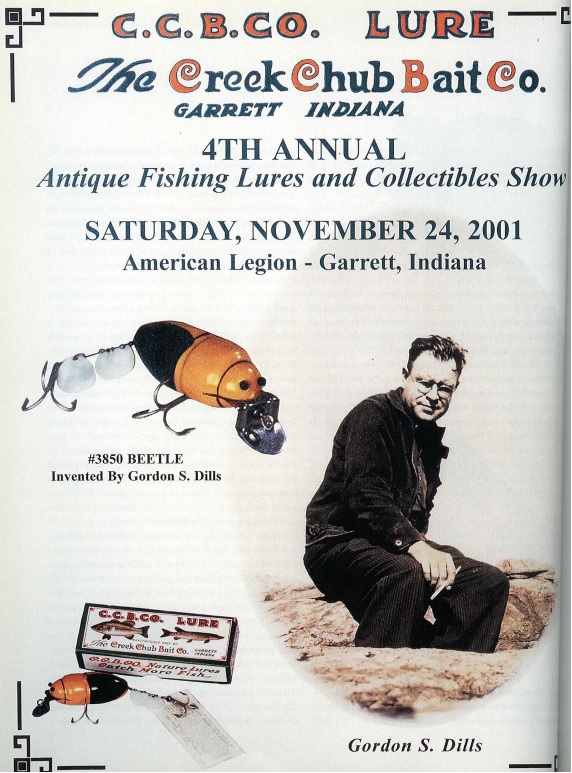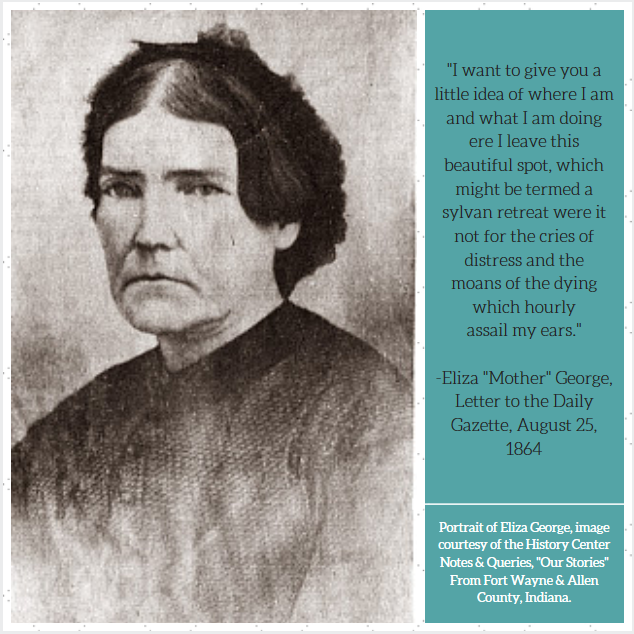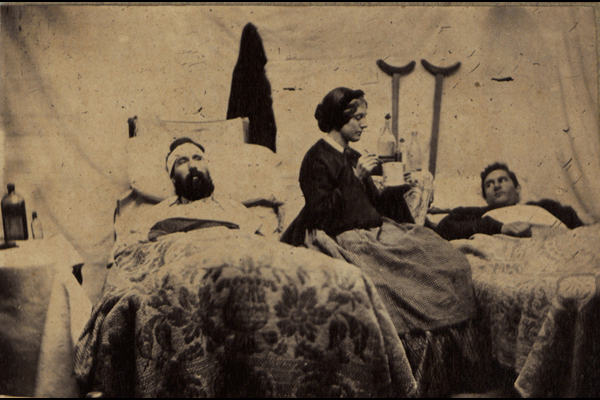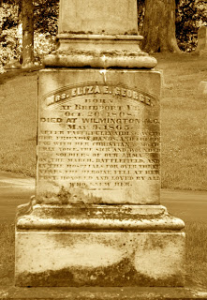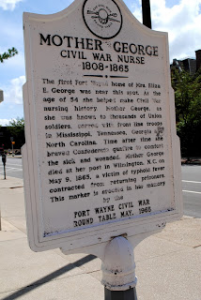The Wiggler. The Pikie. The Darter. The Injured Minnow. These are just a few of the popular lures crafted by the Creek Chub Bait Company during the twentieth century. Established in Garrett, DeKalb County, Indiana in 1916, the Creek Chub Bait Company became one of the country’s leading manufacturers of artificial fishing lures.
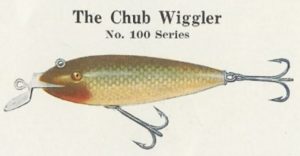
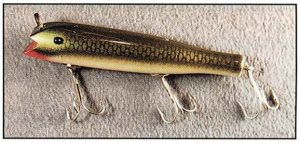
Each lure was a work of art, featuring the finest craftsmanship and attention to detail. From the company’s onset, owners Henry Dills, Carl Heinzerling, and George Schulthess placed an emphasis on quality for their products. Dills wanted the lures to be attractive to fishermen and fish alike, and worked alongside others within the company to ensure that they had a lifelike appearance and motion to help attract fish.
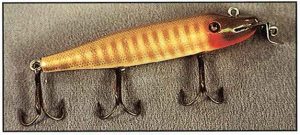
As early as December 1915, before the company officially began producing lures, Dills filed an application to patent new improvements in fish baits by adding a metal lip, or mouthpiece, attached to the front of the lure. According to the patent, the addition would help produce ripples, throw spray, wriggle, and dive similar to the way a minnow would, thereby attracting fish. The patent (1,352,054) was approved September 7, 1920.
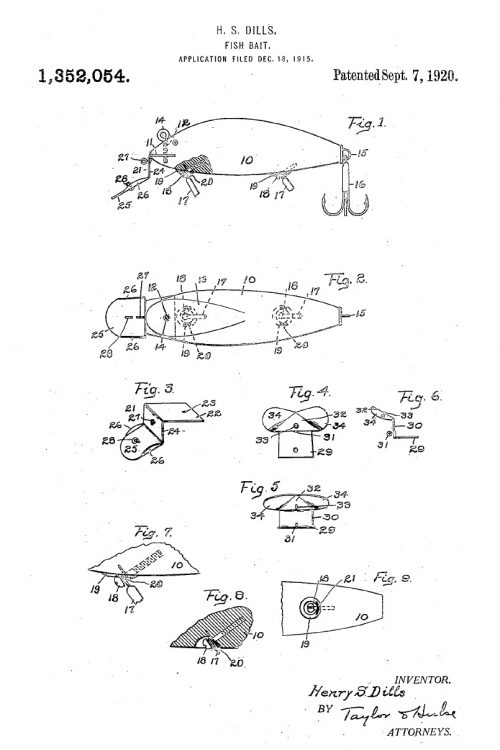
Creek Chub’s Wiggler, introduced in 1916, was among the first to feature the metal lip. According to Dr. Harold E. Smith in his Collector’s Encyclopedia of Creek Chub Lures & Collectibles, the company’s 1922 catalog advertised the Wiggler as “‘three baits in one.’ With the lip in the standard position, it was a diving, wiggling bait. In the reversed position, it became a water-splashing surface lure. Take the lip off and it was a darting surface lure.” Dixie Carroll also described the added movement to the lure in “Fishing, Tackle and Kits” in 1919, noting: “A small metal plate in the mouth of the chub gives a fine bunch of wiggles and wobbles and by moving the plate and reversing it you have a surface splatter lure . . .”
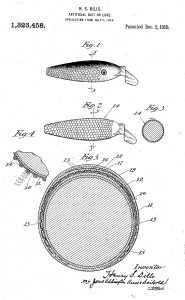
In July 1918, Dills filed another patent application to improve the lures by adding a scale-like appearance on their surface that would imitate a natural minnow. According to the patent (Patent 1,323,458), the lures would feature “a cigar-shaped wooden body, to which various coatings of coloring material are applied.” Employees used a non-lustrous color for the background body of the lure and then proceeded to wrap a cloth netting around it and spray a lustrous coloring material through the netting to form the scale-like pattern.
The scale finish evolved over time and helped revolutionize the industry by resembling natural food for fish. Advertisements in popular publications like Outing praised the lures, noting: “Accurately represents a minnow down to the silvery scales. Wonderful lifelike movements. Convertible.” Fishermen from around the country agreed, often writing to the company to boast of the record-size fish they caught using these lures.
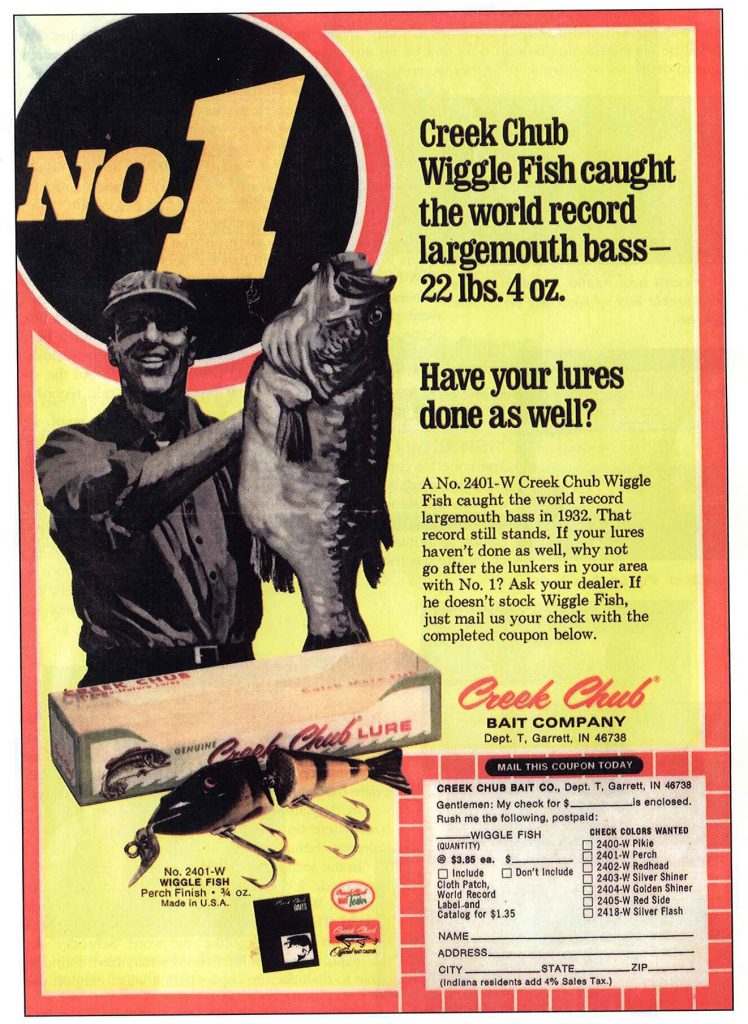
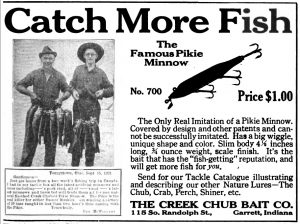
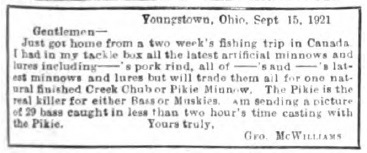
By the time a Creek Chub lure was completed and ready to ship to a customer, it often featured as many as fourteen or fifteen coats of primer, paint, and lacquer. Even the wood used early on for the bodies – white cedar – was of the highest quality. Over time, the designs and range of colors expanded greatly. The company also made specialty colors and custom orders upon request. In 1936, the Garrett Clipper noted that the patents for the natural scale finish and the mouthpiece were among the most important patents ever issued in the tackle industry.
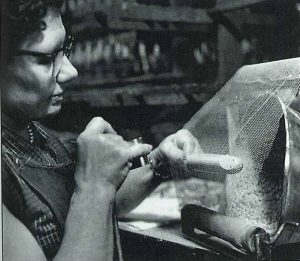
From its earliest years, Creek Chub featured a largely female workforce. Some attributed this to the delicate nature of the lures and the work they entailed, which they believed women were better suited to perform. Dr. Harold E. Smith writes that “women were selected preferentially over men because management felt they were . . . ‘endowed with a better appreciation of color and detail.’”
Wanted ads in the Garrett Clipper frequently promoted jobs for girls and young ladies at the company, and articles often referenced the “girls” employed in the finishing departments, and sanding and dipping rooms.
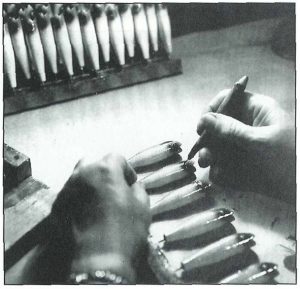
By the 1920s, Creek Chub was shipping its lures all over the United States and Europe. Between January and July 1925, the Garrett Clipper published several pieces on international sales. For example, on March 19, 1925, it reported that Creek Chub had recently received orders for 180 dozen bait from Stockholm, Sweden, 178 dozen from Finland, and 31 dozen from Toronto, Canada. In April, the paper recorded orders from Waines, Hawaii (Hawaii did not become a U.S. state until 1959) and Bombay, India, and in July, it reported that the company had shipped 24 dozen lures to Reddich, England.
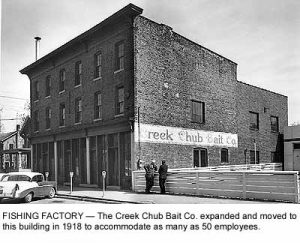
On January 20, 1936, the Garrett Clipper provided a summary of the company and described its continued growth since its founding in 1916:
Since then sales have increased from year to year and are made not only in this country and Canada, but lures are sent to 48 foreign countries, France and Sweden receiving the largest shipments. The sales demand in Canada is so large that a Canadian branch has been established, the work being conducted by Allcock, Laight & Westwood company, Toronto, Ont. Although in its infancy, the plant has been doing a large business and the prospects for its growth are fine.
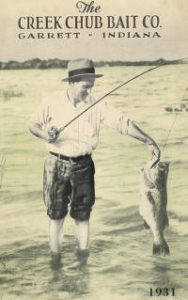
In 1939, as war clouds gathered over Europe, business at Creek Chub Bait Co. reached a new peak. Production and sales were up and employment remained steady. Despite its success though, the company was already beginning to feel the effects of the conflict abroad. Finland and England had been Creek Chub’s top buyers prior to the war, but both markets quickly closed as each country became engaged in the conflict. The company also purchased many of its treble hooks, which it used on its lures, from Norway and England.
By August 1941, Creek Chub experienced great difficulty acquiring the necessary hooks and other supplies for its famous lures, as materials were reserved for defense industries. Supply markets from Norway were shut off and an embargo on trade between the United States and Japan stopped the shipments of hooks from that country as well. On August 21, 1941, the Clipper warned about the future of Creek Chub, writing:
. . . unless there is some early change in the world situation the business of the company will be greatly restricted, if not entirely stopped.
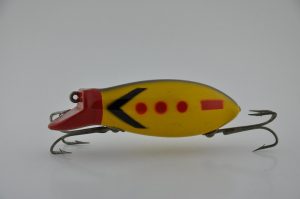
The outlook for the company became bleaker throughout 1942 following orders from the War Production Board curtailing the manufacture of fishing lures. On May 8, 1942, the Angola Herald reported that Creek Chub would cease production on May 31, in accordance with government orders. In response, Creek Chub petitioned the War Production
Board to allow it to use the metal it had on hand, which it estimated at approximately six months’ supply. By early June, the War Production Board gave the company permission to continue manufacturing lures during the month, and throughout the summer it granted temporary extensions that allowed Creek Chub to continue production, albeit at a much reduced rate. On January 28, 1943, the Garrett Clipper noted that Creek Chub employed thirty people, two to three times less than it had before the war. Employment decreased again slightly the following year, but the company remained open, using the limited materials it had on hand to produce lures.
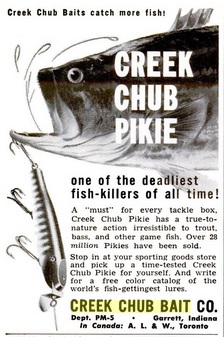
By January 1945, employment began to increase as more materials became available and in September 1945, Creek Chub received its first shipment of steel hooks from Norway since the beginning of the war. Business was slowly getting back on track. Wanted ads for female employees began populating the local newspaper’s pages once again as the company sought additional employees to meet production goals and fill the backlog of orders that had accumulated during the war. By late December 1946, Creek Chub announced that it had leased a hotel building in nearby Ashley, north of Garrett, and it soon established a branch factory there to expand operations. The added facilities allowed business to double from 1947 to 1948, and within the next two years the company caught up on its backlog of orders.
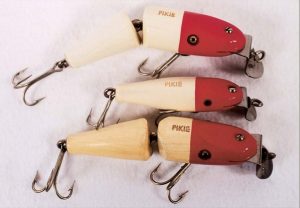
Creek Chub continued to look for ways to improve and diversify its product line in the 1950s and 1960s. This included entering the plastic bait field, developing new saltwater lures, and offering new color combinations. The company’s future looked bright, but by the late 1970s declining sales and questions regarding future leadership of the company began to weigh on Creek Chub.


Although the company closed in the late 1970s, Creek Chub lures continue to remain popular among collectors, a testament to their enduring quality.
